With the development of economy, oil plays an increasingly important role in economic construction. As an important part of the national economy, its safety performance affects people's production and life to a great extent. However, in the actual process of oil transportation, some unsafe accidents often occur, and the failure of oil casing pipe has an unshirkable responsibility to a large extent. Oil casing pipe failure brings huge losses to oil fields. Oil casing pipe play a key role in the oil drilling and production process, but they also face a variety of potential failure risks. These risks may lead to a decrease in the mechanical properties of the casing pipe, a weakening of the corrosion resistance, or even direct casing pipe failure. The following are some common causes of oil casing pipe failure and their analysis.
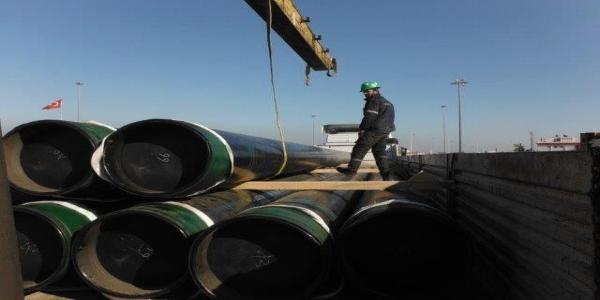
Failure types and causes of oil casing pipe
Trip
The phenomenon that the internal and external threaded joints of the oil casing pipe string separate from each other under the action of its own weight or external force is called tripping, and tripping will cause the casing pipe string to fall into the well. Or damage the structural integrity and sealing integrity of the casing pipe string.
1. Tripping caused by improper matching of internal and external thread parameters. The connection strength of casing pipe joints is achieved by the elastic fit of the inner and outer threads. If the inner and outer thread joints have poor processing accuracy. The thread fit is not in good condition. Only partial thread engagement. Then the joint connection strength is not high. It is easy for tripping to occur, causing the oil casing pipe to fail.
2. Tripping caused by reducing the buckling torque to prevent adhesion. In order to prevent sticking, some factories intentionally reduce the tightening torque of oil and casing pipe joints. Although this can reduce the sticking degree of the joint, it cannot guarantee that the joint will be in the best connection state after buckling, which can easily lead to joint failure. Trip accident.
Crush
The outer surface of the casing pipe going down the well is subject to formation pressure. When the crushing strength of the casing is less than the formation pressure, the plastic instability and damage of the casing is called collapse. Casing pipe collapse is related to formation pressure, casing pipe crushing strength, casing wear, etc.
Collapse caused by wear: Casing wear will reduce its anti-crush strength, making it prone to collapse accidents. Casing wear can be detected through methods such as periwell imaging, but this is quite expensive. Casing damage is the result of friction between the casing and the drilling tool, such as wear between the drill pipe or drill collar. If it is found that the drilling tool drilling in the casing is worn, the casing must have been damaged. Therefore, the wear status of casing can be inferred by detecting the wear status of drilling tools. Using this method to detect casing damage is not only simple to operate, but also economical and practical.
Rupture
Oil casing pipe fractures can be divided into overload fractures and fatigue fractures. Overload fracture occurs when the external force acting on the casing pipe exceeds the tensile strength of the material. Fatigue fracture is a fracture that occurs when the alternating load acting on oil casing pipe is less than the material yield strength. Fatigue fracture generally goes through stages of crack initiation, expansion and fracture. Oil casing pipe fractures mostly occur at dangerous thread sections or defects.
Stress corrosion cracking
Stress corrosion cracking is another important cause of casing pipe failure. In the presence of media corrosion, when the casing pipe is subjected to certain stress (such as tension, compression, bending, etc.), it may cause the generation and expansion of cracks, and ultimately cause failure. Poor design, poor operating conditions, and improper material selection may increase the risk of stress corrosion cracking.
Improper operation and maintenance
Improper operation and maintenance can also lead to oil casing failure. For example, excessive tension or pressure, frequent vibration, untimely inspection and repair, etc. may accelerate the aging and damage of the casing pipe .
To sum up, oil casing pipe failure is a comprehensive problem involving many fields such as materials engineering, mechanics, chemistry, and design. In order to effectively prevent and manage casing pipe failures, factors such as the working environment, material properties, design specifications, operating conditions, inspection and maintenance need to be comprehensively considered, and corresponding measures must be taken to improve the safety and reliability of casings pipe .
Causes of Oil Well Casing Pipe Damage
Casing pipes in oil wells are essential components for maintaining wellbore stability and protecting underground formations. However, over time, these pipes can become damaged due to a variety of causes. Below are the main reasons for this damage and how it affects well performance.
1. Mechanical Wear
Mechanical wear is one of the most common causes of casing pipe damage. Pipes are constantly moving up and down inside the wellbore, rubbing against the wellbore walls. Over time, this repeated motion creates wear. In addition, hard objects such as sand can accelerate this wear, damaging the pipes more quickly.
2. Corrosion Damage
Corrosion is another major cause of casing pipe damage. Pipes are exposed to aggressive chemicals such as acids, alkalis, and salts inside the oil well. These substances react with the casing material, causing corrosion that weakens its structure. Over time, corrosion can create holes or cracks in the casing, which can result in failure.
3. Damage from External Forces
External forces also play a crucial role in casing pipe damage. During well operation, casings can be affected by drill bit impacts, machinery shocks, or improper handling by workers. These physical impacts can cause deformations, cracks, or fractures in the casing, compromising its integrity.
4. Thermal Expansion and Contraction
Thermal expansion and contraction is another factor that contributes to casing pipe damage. During oil production, temperatures inside the well fluctuate between high and low levels. Casing pipes expand and contract with these temperature changes. This repeated process can weaken the casing, which can lead to long-term damage.
5. Damage due to Human Factors
Strategic damage to casing pipes can also be caused by human factors. Errors in the operation of mechanical equipment, incorrect decisions during installation or failures in maintenance can cause damage to the pipes. These errors may include inappropriate use of machinery or incorrect handling of tools.
Types of Damage to Casing Pipes
Scratches: Scratches are longitudinal or spiral cracks that form on the surface of the pipes. They are generally caused by constant friction with the walls of the well or hard particles.
Wear: Wear is characterized by the formation of grooves on the surface of the pipe, which may be oval or have a small relief shape. This damage is the result of constant friction.
Corrosion: Corrosion appears as rust spots or holes on the surface of the pipe, due to chemical reactions with the substances present in the well. This is one of the most dangerous forms of damage, as it can seriously compromise the integrity of the pipe.
Breakage: Breakage occurs when the pipe material breaks, causing internal or external cracks. This damage is more serious and can lead to complete pipe failure.
Distortion: Distortion occurs when the pipe is bent or twisted due to external forces. This can be caused by seismic movements, excessive pressure, or poor handling of machinery.
Fractures: Fractures are longitudinal or transverse cracks that develop in the pipe. These cracks can be the result of internal or external stresses and, if not repaired, can cause complete fracture of the pipe.
Conclusion
Casing pipe damage is common in the oil industry and can occur for a variety of reasons, such as mechanical wear, corrosion, external impacts, thermal fluctuations, and human factors. It is essential that oil workers keep a constant watch on the condition of casing pipes and carry out regular inspections. Timely repair and replacement of damaged pipes, together with proper management of operating conditions, will ensure safe and efficient oil well operations.






 English
English Español
Español بالعربية
بالعربية
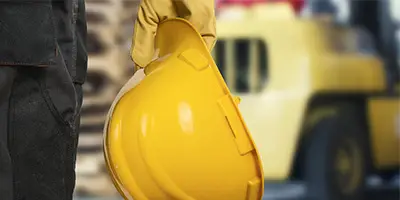
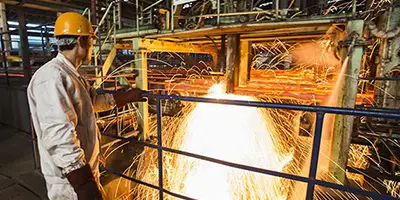
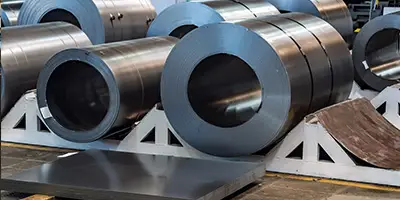

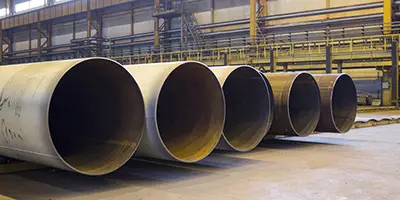
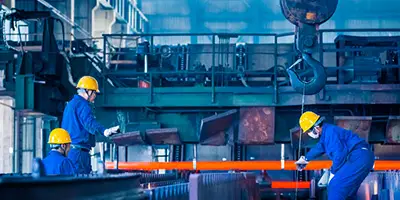
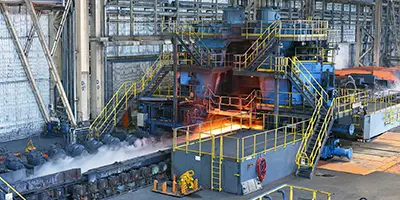




 Phone :
Phone :  Whatsapp :
Whatsapp :  Email :
Email : 


